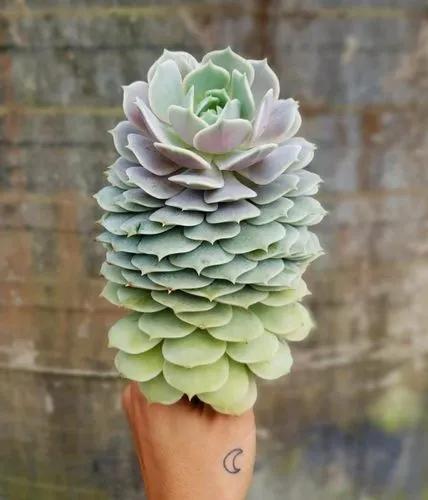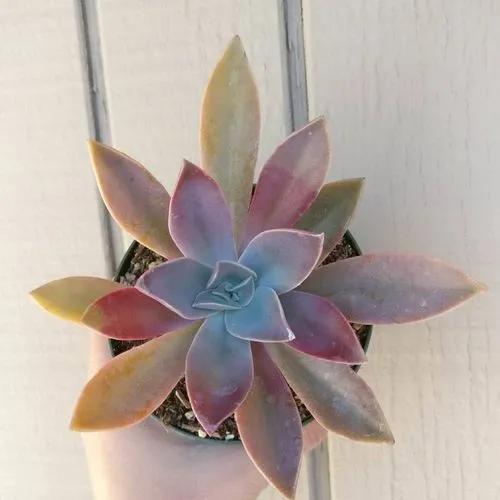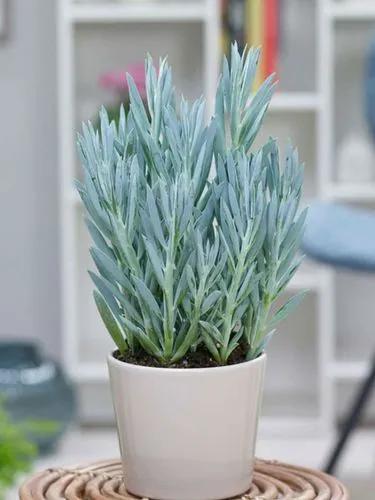Opuntia phaeacantha is a vibrant succulent species that would add a touch of exotics to any living space. Its fleshy green stems, sometimes with a subtle hint of blue or purple, offer a striking visual contrast to the calm interior atmosphere.
Desert Prickly Pear Care
Opuntia phaeacantha



Commonly known as Desert Prickly Pear, Tulip Prickly Pear, or Brown-spine Prickly Pear, Opuntia phaeacantha is an evergreen species of the Cactaceae family. Native to dry and hot climates, this prickly succulent is found across the southwestern United States, the lower Great Plains, and northern Mexico. This desert succulent has flattened, paddle-shaped stems covered with small pricks. While Tulip Prickly Pear may not flower indoors, in its natural habitat, it produces stunning yellow flowers that typically bloom in spring.
How to Care for the Plant

Water

Brown-spine Prickly Pear is a succulent species, so it doesn’t require frequent watering. Give the plant a drink once a week in summer, allowing the soil to dry out completely between waterings. Reduce hydration to once every two weeks in winter.

Pruning

It’s not necessary to prune Tulip Prickly Pear when growing indoors; however, you can practice it to remove damaged pads. Use a clean, sharp blade for this procedure. The best time for pruning is early spring before the plant starts growing actively.

Fertilizer

Tulip Prickly Pear has low nutritional needs, so feeding it once a year in spring with balanced 10-10-10 NPK fertilizer would be more than enough. It’s recommended to use specifically formulated for cacti and succulents water-soluble fertilizer and dilute it to a half-recommended dose to avoid overfeeding.

Sunlight

Coming from the tropics, Desert Prickly Pear enjoys direct sunlight. Keep it in a place where the plant can receive at least 6 hours of direct sunlight daily. A south-west facing window would be the most comfortable for this cactus.

Soil

Well-draining, nutrient-poor soil would be the most comfortable for Desert Prickly Pear, as it grows in sandy and rocky soil in its natural habitat. Use a specifically combined for succulents ground or mix in some sand and perlite to the regular potting mix in equal proportions.

Propagation

The quickest way to propagate Desert Prickly Pear is stem cuttings. Cut the pad with a sterile blade and leave it for a few days to let the callus emerge. Place the new plant in a well-draining potting mix and keep the ground consistently moist until the cutting enroots.

Temperature

As a tropical plant, Brown-spine Prickly Pear loves warm temperatures. It feels best at 60-80°F (15-27°C) temperatures but can also withstand up to 100°F (38°C).

Container

Succulent species are known to have a little root system, so opt for a pot that is slightly bigger than the plant’s root ball. It’s recommended to choose a container made of porous material such as unglazed clay or terra cotta to allow proper root aeration. Make sure it has drainage holes to prevent root issues coming from overwatering.

Fun fact

Native to hot and dry climate, the plant has developed its own sunshade mechanism. Its pads are covered with tiny, hair-like structures called glochids, which provide shade and reduce the amount of direct sunlight reaching the plant's surface.

Popularity

478 people already have this plant 58 people have added this plant to their wishlists
Discover more plants with the list below
Popular articles






